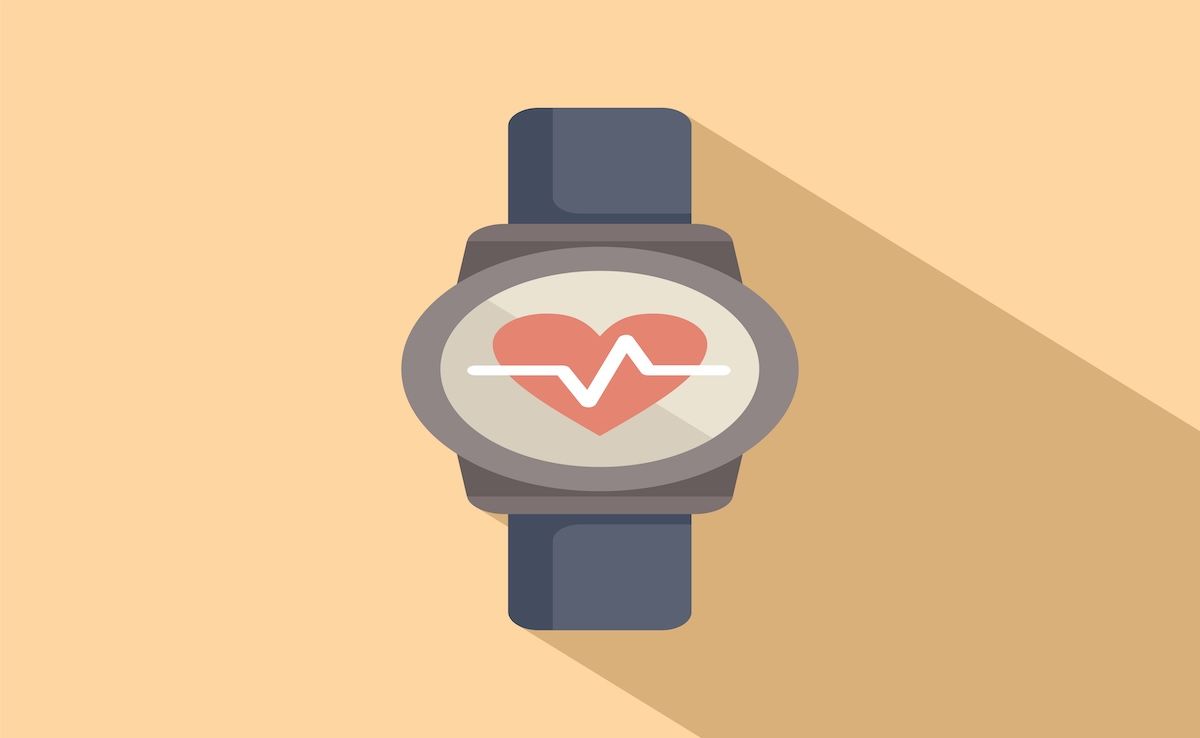News
Article
Remote Patient Monitoring May Improve Adherence, Blood Glucose Monitoring
Author(s):
Patients with diabetes may benefit from the support of remote patient monitoring (RPM), according to one study.
The use of remote patient monitoring (RPM) may help patients manage their diabetes by improving adherence rates and glycemic control, suggesting that the digital health tool has the potential to reduce the risk of adverse outcomes associated with diabetes.

“Specifically, the study aimed to evaluate the clients' adherence to RPM and investigate any changes in their blood glucose levels during the 5-month RPM period,” wrote the researchers of the study. “The RPM service provided patients with diabetes with adherence support to monitor their glucose levels daily and receive immediate clinical feedback.”
This retrospective cohort study is published in the Journal of Medical Internet Research.
Diabetes is the most expensive chronic condition in the United States, costing $327 billion each year. The increasing burden of this condition demands the development of more effective methods of health care delivery, while also controlling for cost.
Although RPM has the potential to address the increasing challenges of diabetes management, few studies have reported improvements on fasting blood glucose levels.
In this study, the researchers analyzed patient adherence to daily self-monitoring blood glucose (SMBG)-based RPM protocols among individuals in Texas with Medicaid, examined the relationship between adherence and changes in blood glucose levels associated with daily monitoring, and investigated the impact of daily testing time on the mean variance of SMBG readings over the study period.
The researchers obtained data from an RPM company that provides services to Texas Medicaid patients with diabetes or hypertension, which contained 180 days of blood glucose monitoring information between 2016 and 2018. These patients were categorized into adherent and nonadherent cohorts, with adherent patients having transmitted at least 120 of the 150 days. Additionally, blood glucose changes were analyzed using testing times: 1 AM to 10 AM, 10 AM to 6 PM, and 6 PM to 1 AM.
Of the total of 2099 patients enrolled in blood glucose monitoring, 382 patients monitored levels at least twice every month. Mean (SD) patient age was 70.5 (11.8) years, with 225 (66.8%) female, 351 (91.9%) in urban areas, and 340 (89%) from South Texas.
Additionally, 186 (48.7%) patients were marked as adherent, and 196 patients were marked as nonadherent. Patients in the adherent cohort had a mean transmission rate of 82.8% before the adherence call and 91.1% after. Meanwhile, patients in the nonadherent cohort had a mean transmission rate of 45.9% before the adherence call and 60.2% after.
Both cohorts had most of their transmission between 1 AM and 10 AM, with 70.5% of transmissions for the adherent cohort and 53.2% of transmissions for the nonadherent cohort, respectively.
Furthermore, the mean blood glucose levels in the adherent cohort decreased by an average of 9 mg/dL (P = .002) over the study period of 5 months, with the largest decrease (30.9 md/dL) observed between 6 PM to 1 AM. The researchers also found that variability of blood glucose levels improved 3 mg/dL (P = .03) over the study period in the adherent cohort for those tested from 10 AM to 6 PM, with improvements of 6.9 mg/dL (P = .02).
The researchers acknowledged some limitations to the study, including being retrospective in nature, not having information on factors that may have influenced blood glucose levels—such as patient medications, activity levels, and carbohydrate consumption—and being unable to differentiate between type 1 or type 2 diabetes in the study.
Despite these limitations, the researchers believe the study offers insight into how adherence to digital health technologies, such as RPM can improve blood glucose levels and reduce the overall burden of this disease.
“Adherence calls played a significant role in improving clients' adherence to blood glucose monitoring, resulting in a more than 10% increase in adherence rates throughout the 5-month RPM period for all patients,” wrote the researchers. “The adherent cohort showed a decrease in mean blood glucose values and a decrease in glycemic variability, indicating improved glycemic control.”
Reference
Park S, Kum HC, Zheng Q, Lawley MA. Real-world adherence and effectiveness of remote patient monitoring among Medicaid patients with diabetes: Retrospective cohort study. J Med Internet Res. 2023;25:e45033. doi:10.2196/45033





